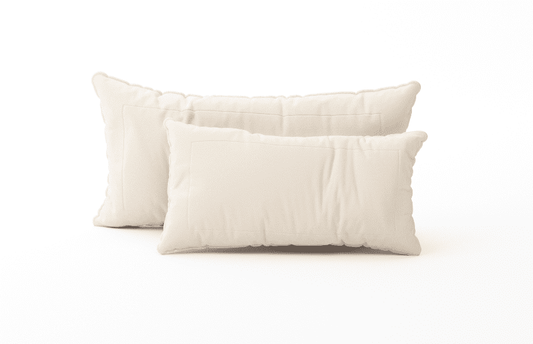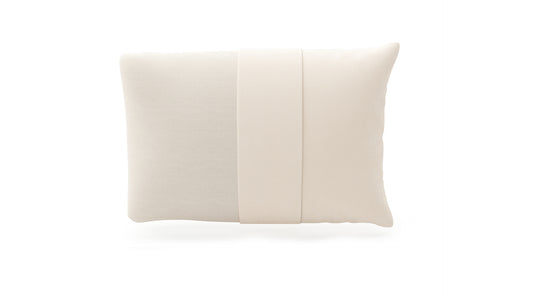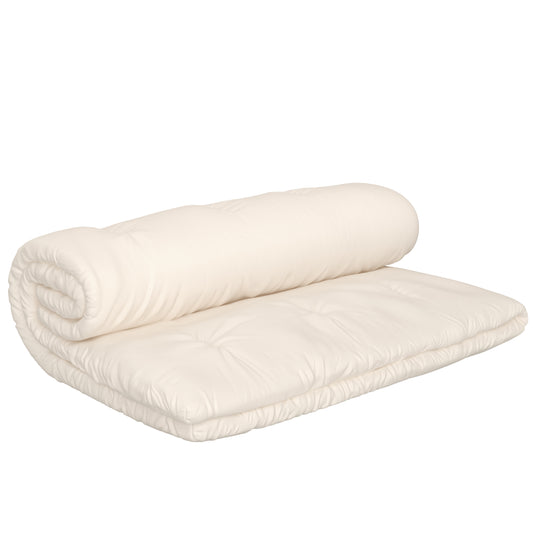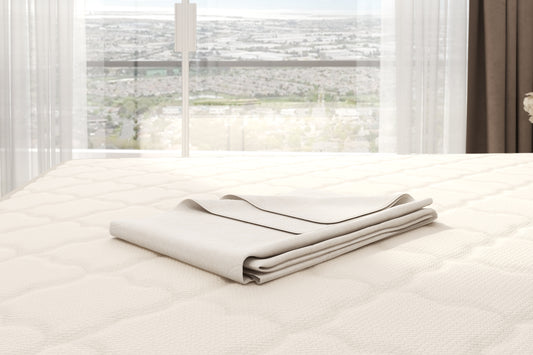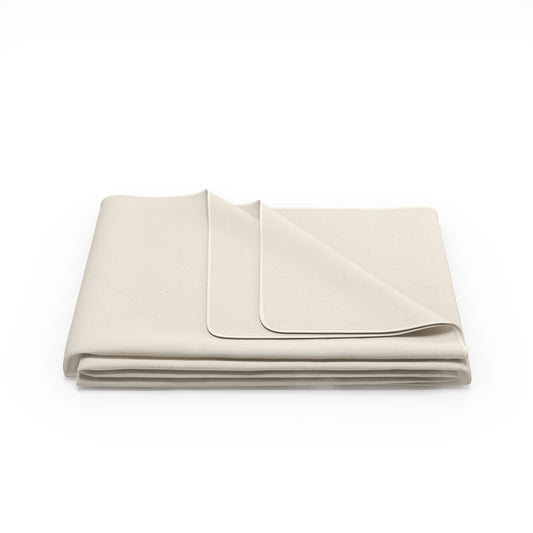Wellness-Inspired, Luxury Sleep Solutions

Certified Organic Mattresses
Shop bestselling certified organic mattresses. Made in USA† with innovative features to...
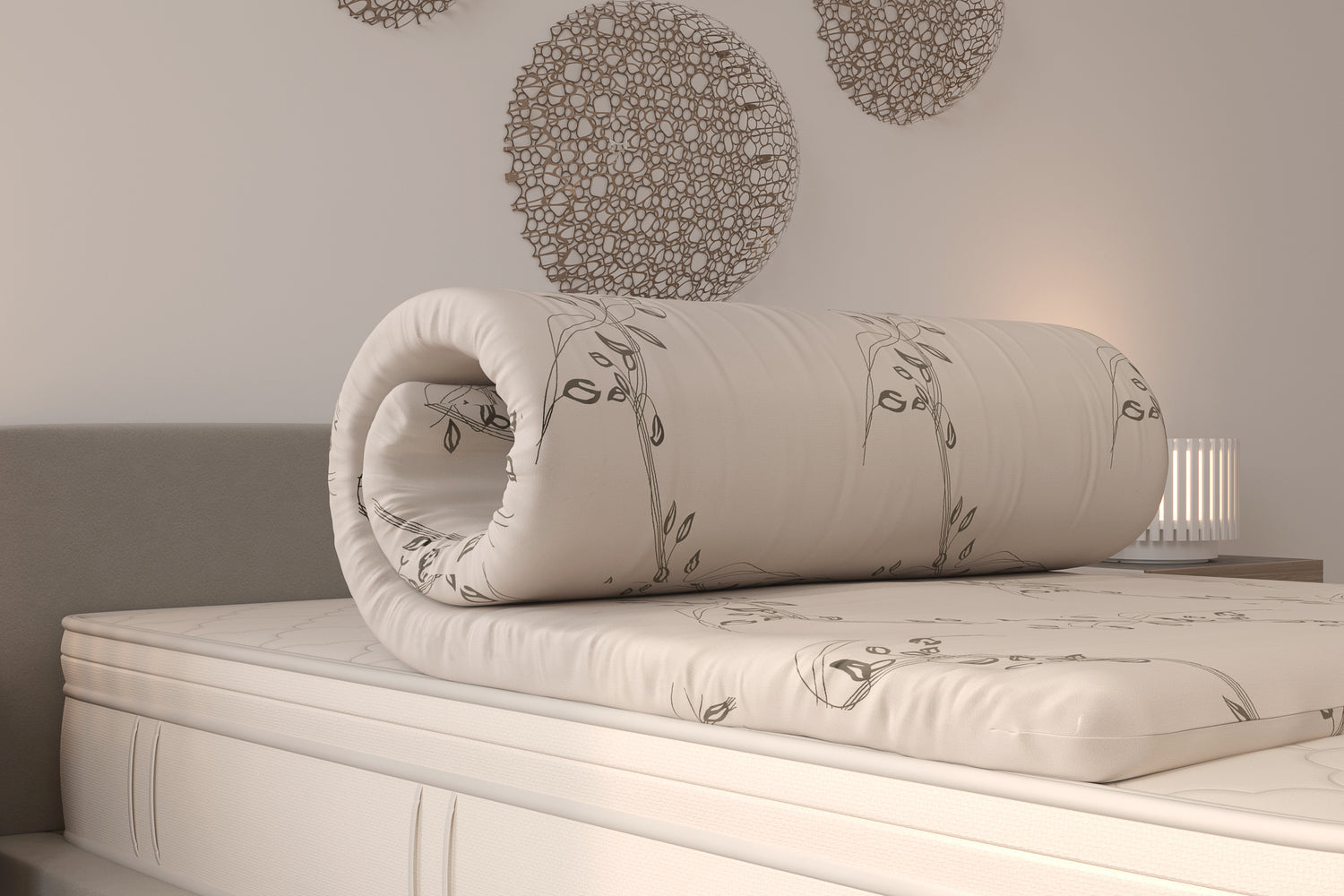
Certified Organic Mattress Toppers
Our certified organic latex and wool mattress toppers add additional plush comfort...
-
As Seen In...
-

-

-

-

Certified Organic Bedding
-
Certified Organic Spiraled™ Wool Pillow
Regular price From $159.00 USDRegular priceUnit price / per -
Certified Organic Molded Latex Pillow
Regular price From $289.00 USDRegular priceUnit price / per -
Wooly™ - Certified Organic, 3" Wool Pillow Top
Regular price From $849.00 USDRegular priceUnit price / per -
Certified Organic Cotton Flannel Mattress Protector
Regular price From $239.00 USDRegular priceUnit price / per
1
/
of
4
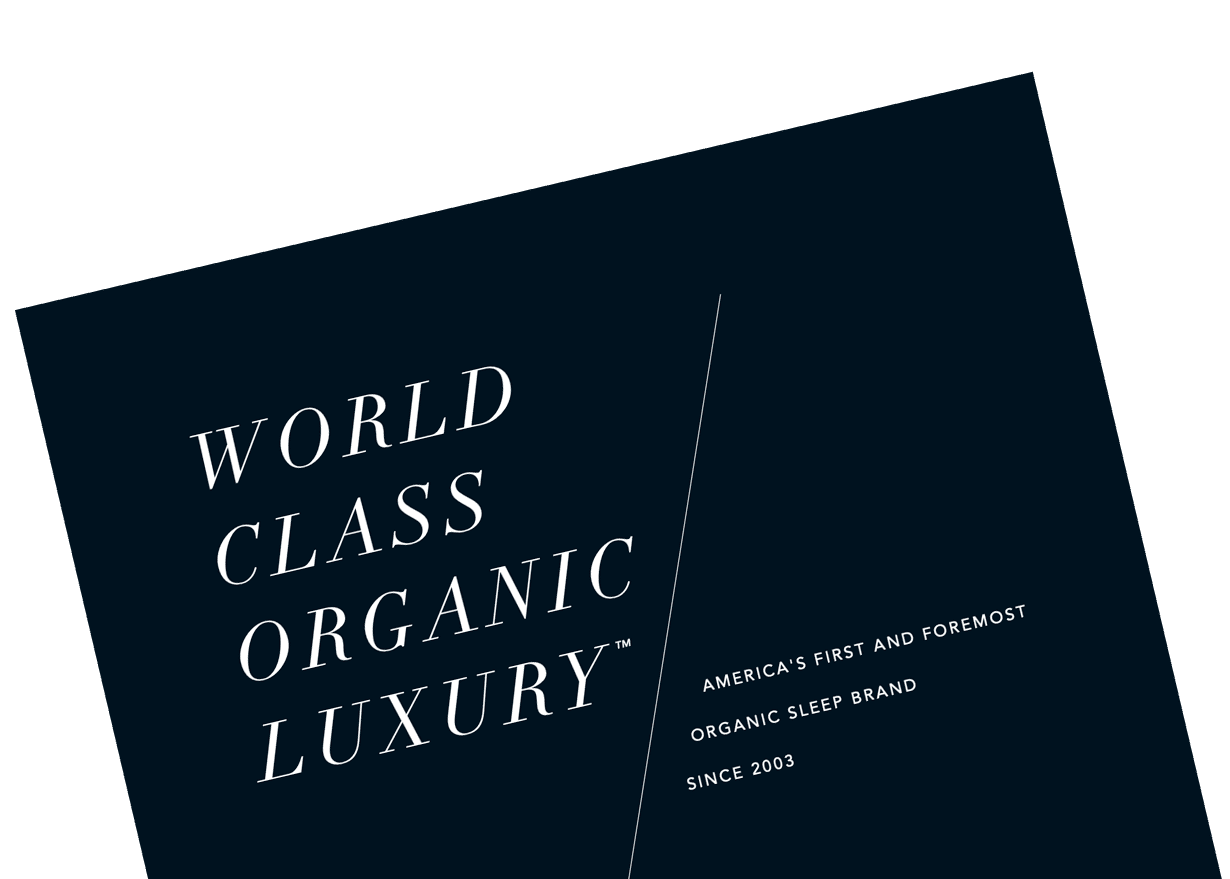
Quality. Organic. Comfort.
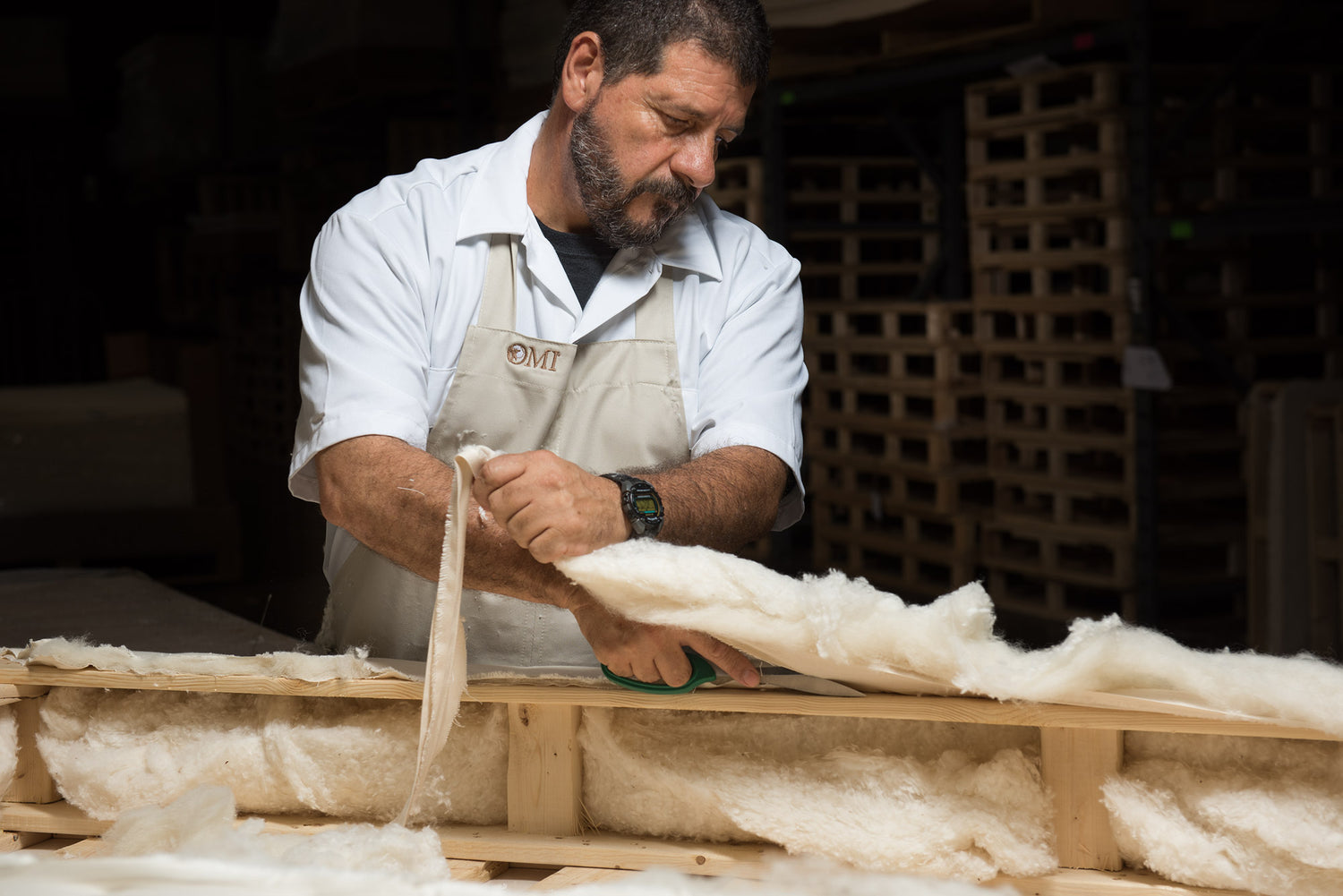

Certified Organic, Sustainable
As America's first certified organic sleep brand, we've been committed to organic certification and sustainability for more than 20 years.
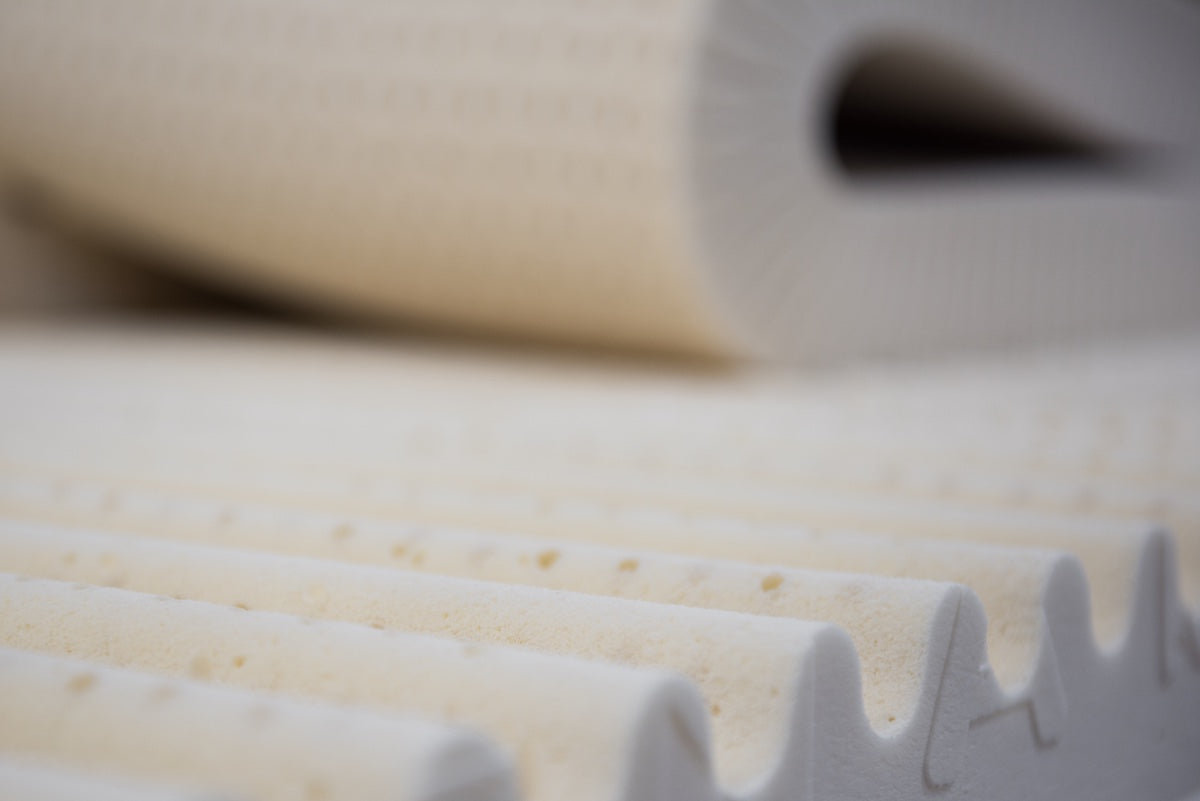
Innovative Comfort Features
Our mattress builds are unique in the industry, featuring sculpted surfaces, cushion-quilting, customizable dual-comfort systems, plush pillow tops and more.






